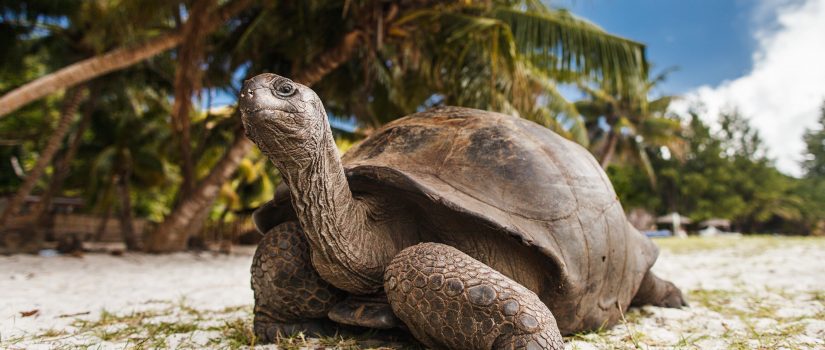In temperate climates, as the day-length shortens in autumn, certain species of tortoise will instinctively reduce or halt their food intake in preparation for hibernation. In years gone by, to hibernate a tortoise was relatively risky with large numbers dying, mainly due to freezing temperatures or dehydration. There are many simple steps a tortoise owner can take to improve the chance of their pet hibernating safely.
How to Hibernate Your Tortoise Safely
Before Hibernation
- Ascertain what species you have under your care and from which geographical region free-ranging members of its species originate. Not all tortoise species hibernate and correct species identification is key in ensuring a tortoise is of a species that is able to hibernate. You may require the advice of an experienced veterinary surgeon or herpetologist to assist in identification.
- Keep accurate weight records prior to, during and after hibernation. Small changes in weight can be early indicators of problems developing.
- It takes approximately three weeks at moderate ambient temperatures for a medium-sized tortoise to digest its final meal and be ready to hibernate. Smaller tortoises will take a shorter time and larger tortoises, longer.
- Daily bathing in the weeks leading up to hibernation is crucial to allow the tortoise to adequately hydrate itself. This will also allow for maximal excretion of urates from the bladder.
- Vegetation rotting in the mouth is a leading cause of mouth infections developing during hibernation. Check the mouth is empty prior to hibernation
- There is no need to source a pre-hibernation multi-vitamin injection from a vet as they are inadvisable. They fool the tortoise’s body into thinking it is still gaining nutrition from food.
- A safe place to hibernate tortoises is in a plastic hibernation box that is not sealed – to allow for air circulation, filled with 50% light soil/50% sand substrate and placed inside a larger plastic container to ‘double-box’ the tortoise. The gap between the two boxes should be filled with shredded paper to provide insulation and then both boxes placed into a drinks chiller. Preferably this will have a transparent door and at least one thermometer probe placed within the inner box.
- Frost kills tortoises very rapidly and temperatures approaching 10 degrees Celsius cause the built-up fat reserves to be used up too quickly. Be prepared to move your hibernating tortoise without delay if temperatures approach 2.5C or persistently rise above 10C for extended periods.
- Don’t hibernate your tortoise in an outbuilding which may be inhabited by rats.
- Don’t feed your tortoise if it wakes up from hibernation and then put it back to hibernate. Once a tortoise wakes and feeds, it should stay awake.
- If your tortoise urinates during hibernation, wake it up and start to warm it. If allowed to continue hibernating once the bladder has been emptied, there is a high risk of dehydration leading to kidney failure and possibly death.
- When temperatures are low in spring, don’t expect your tortoise to readily feed. The provision of a UV-B basking lamp can be very useful to warm the ambient temperature and encourage feeding.
- Give your tortoise a long bath in lukewarm water after emergence from hibernation.
During Hibernation
After Hibernation
For a comprehensively detailed resource regarding hibernation for your tortoise, please visit the Tortoise Trust website. Two By Two Veterinary Centre provides pre-hibernation health checkups and professional advice for tortoises by appointment.
Andrew Monchar, Director, Two By Two Veterinary Centre

